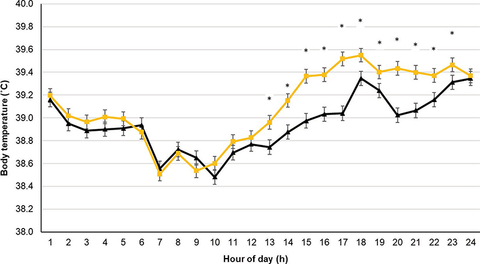
Source: University of Minnesota
What are agrivoltaics?
Agrivoltaics refer to growing crops, building pollinator habitats or raising livestock underneath solar panels. It allows for renewable energy systems and agriculture to occur on the same piece of land.
What are the benefits?
Improve land use
Agrivoltaic systems can improve land use by allowing you to produce more energy and crops or livestock from a single piece of land than you would on separate land. Thus, agriculture and solar energy systems may benefit each other when they occur at the same site.
For example, certain cool-season crops may increase in yield when shaded by solar panels. Soil shaded by the panels may also retain more moisture. At the same time, the plants growing underneath the panels can help keep the panels cool and produce energy more efficiently.
Increase in farm income
Agrivoltaics can increase your income in several ways. For example, installing solar panels on your farmland to produce your own energy can decrease your farm’s energy expenses. You could also earn income by selling solar energy to an electric cooperative.
If you graze sheep or cattle and need more land, you could enter into a grazing contract with the owner of a solar energy site. Grazing under solar panels can increase your pasture acres without buying or renting additional land or fencing infrastructure. At the same time, the owner of the solar site may benefit from a decrease in costs related to land care.
Improve livestock health
Solar panels installed in a pasture or near livestock facilities can provide necessary shade for livestock during summer months and help decrease body temperatures in the afternoons.
Researchers at the West Central Research and Outreach Center installed solar panels in dairy cow pastures. They studied how shade from the panels affected the productivity, health and behavior of the cows.
What they did
The researchers installed a 30-kilowatt solar panel system in a pasture. They mounted the panels at 35 degrees south. The panels were 8 to 10 feet above the ground to allow the cows to walk underneath them. The total cost of the solar array was about $90,000.
In the summer of 2019, they grazed 24 crossbred cows. Half had no access to shade and half had access to shade from the solar panels. Ear-tag sensors recorded time spent ruminating, eating, being active, and not active for all cows. A rumen bolus sensor placed inside the reticulum of the cow recorded the body temperature, activity and drinking periods of each cow.
How does solar panel shade affect cow health?
Behavior and activity
The shade and no-shade cows had similar fly avoidance behaviors and fly counts. Likewise, cows in both groups had comparable hourly activity, no activity, lying and standing time.
Milk production and hygiene
Shade did not impact milk, fat, or protein production of the cows. Shade cows only had access to the solar panels for 28 days of the grazing season. This amount of time may not be long enough to assess the benefits to milk production from shade.
Shade cows had dirtier bellies and lower legs than no-shade cows. This result may be from higher moisture or manure buildup under the solar panels.
Eating, drinking and ruminating
Hourly eating, ruminating and daily drinking periods were similar for shade and no shade cows.
Breathing rates and body temperature
Breathing rates for shade and no-shade cows were similar during the morning. In the afternoon, cows with access to shade had lower breathing rates (66 breaths per minute) than cows without access (78 breaths per minute).
No shade cows had body temperatures 1 degree Fahrenheit higher than shade cows from 1 p.m. to 12 a.m. The graph below shows the differences in body temperature in degrees Celsius. All cows had similar body temperatures during the nighttime hours. These results suggest that shade from an agrivoltaic system may reduce the effects of heat stress in pastured dairy cows.










